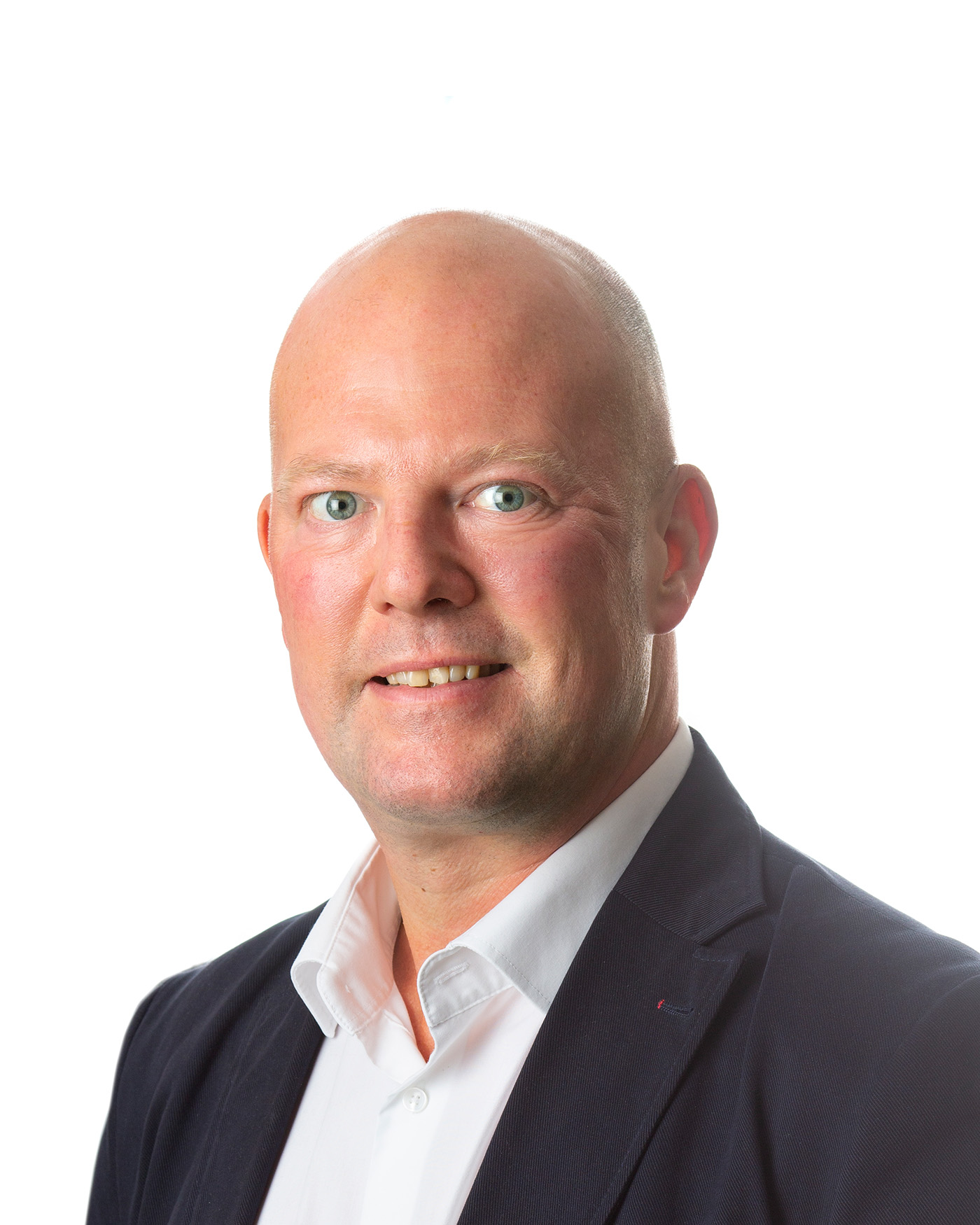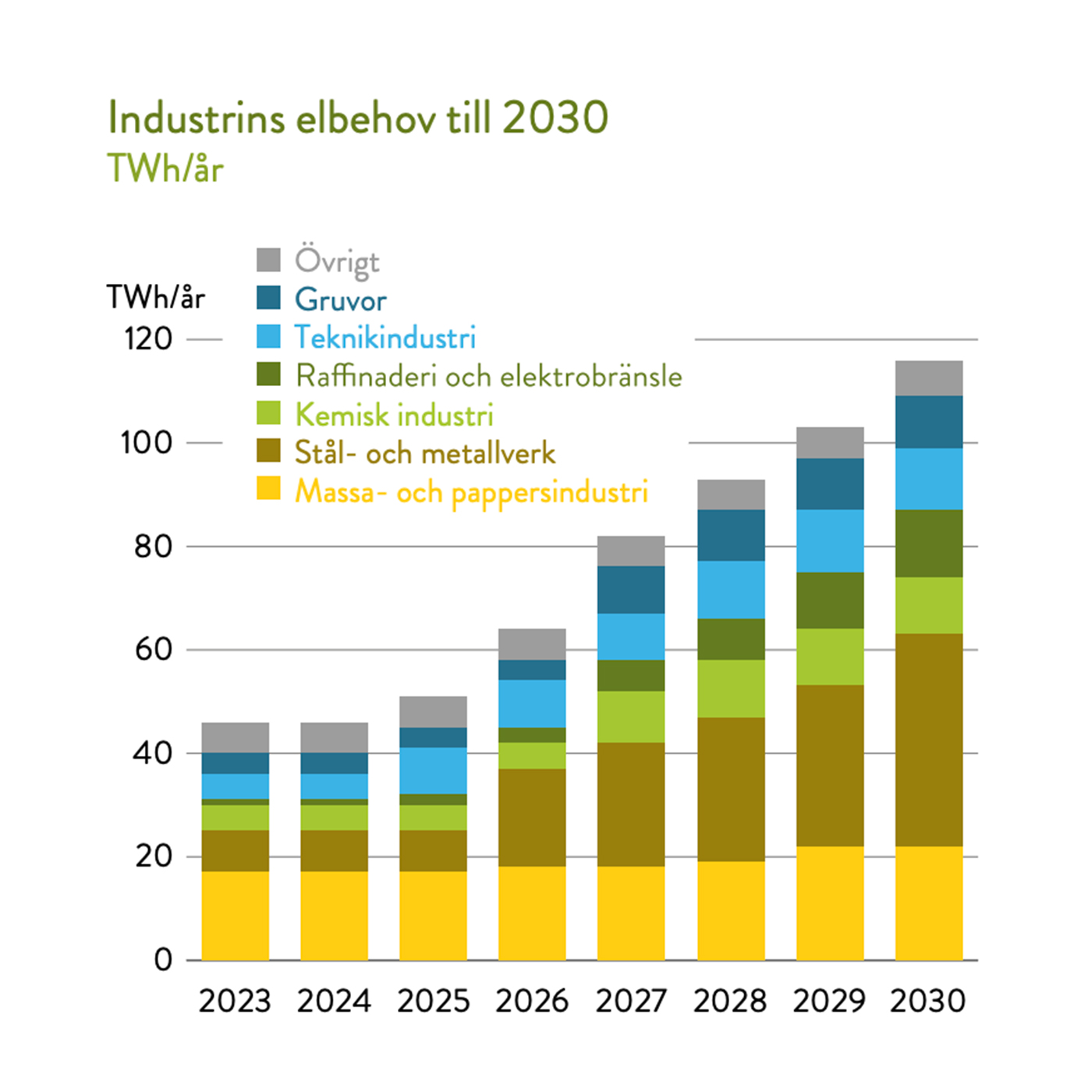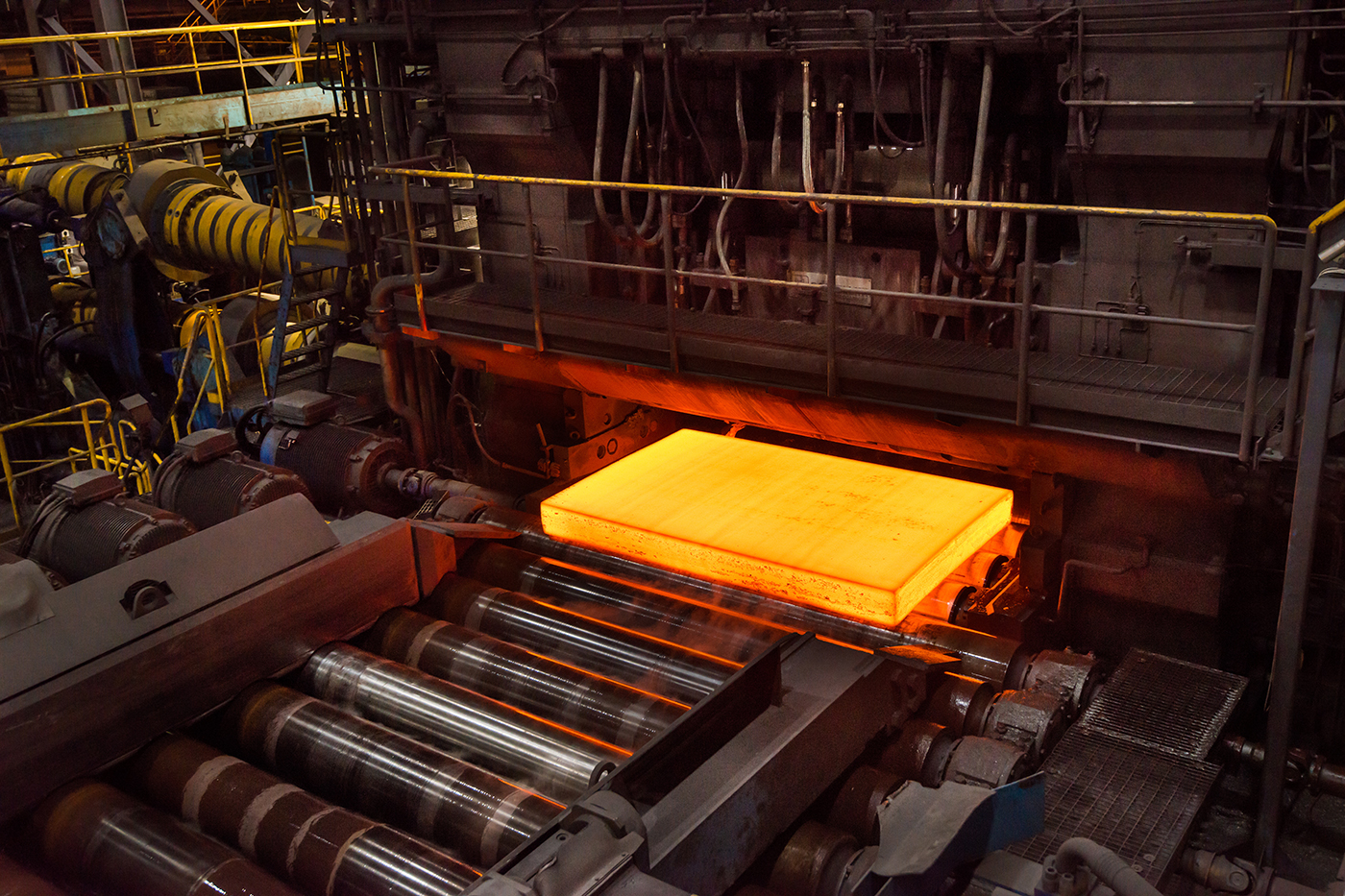This article has been translated in the permission of the author and you will find the original article in Swedish written by Tidningen Energi here.
CLIMATE Demand for climate-efficient goods and services creates a golden export opportunity for Sweden. The green industrial transition could lead to 50,000 new jobs by 2030, according to a new report from the Industry Council. But in order to achieve this, it is necessary that the expansion of the electricity system does not lose pace.
Today, Swedish industry accounts for about a third of Swedish carbon dioxide emissions, around 17 million tonnes per year. But our basically fossil-free electricity system means that Swedish industry has a significantly smaller climate footprint than the EU average. Compared to France, Italy and Spain, for example, industries in these countries have more than twice as much emissions per unit of output.
The Swedish export industry therefore already creates a climate benefit of 26 million tonnes of carbon dioxide per year: the Swedish production of the goods produces emissions of 11 million tonnes, while the corresponding production in other countries would generate 37 million tonnes of carbon dioxide.
These figures can be found in the Industry Council's new report Industry drives the climate transition, which is a kind of synthesis report that examines the socio-economic benefits of Swedish industry and – above all – its future potential. The Industry Council is backed by some 20 trade associations and trade unions.

Johan Bruce, Chairman of the Industry Council's working group Elenergi. Photo: Björn Leijon
Radical transformation of industry
However, in order to meet Sweden's goal of net zero emissions by 2045, Swedish industry must undergo a radical transition, where new input goods, such as hydrogen, must replace fossil fuels. This applies, for example, to the major investments in green steel in Norrland, but also in the chemical industry. At the same time, new industries are being added, such as the manufacture of batteries, fertilizers and electrofuels – provided that the fossil-free electricity system is expanded to a sufficient extent.
This transition will not only drive down carbon dioxide emissions – by 52-65 million tonnes per year by 2040 – it will also generate a lot of new jobs, according to the report
"The industry already employs 800,000 people, direct and indirectly. But if the transition is implemented, around 50,000 new jobs could be created, directly and indirectly, as early as 2030," says Johan Bruce, chairman of the Industry Council's working group Elenergi and responsible for energy issues at the Swedish Forest Industries Federation.
Just over half of these jobs will be in the battery industry and power technology, while the rest will end up in mining and other basic industries as well as in electric vehicles.
"The connection to the electricity grid is perhaps the biggest obstacle. There are many players who are waiting for a decision now."
70 TWh more electricity needed by 2030
But in order to cope with all industrial plans, a great deal of new electricity is required. Industry will need 70 TWh more electricity by 2030 (from 45 to 115 TWh of electricity). Just under half of this is needed for the iron and steel industry. In addition, the mining and chemical industries both need to double their electricity consumption and account for about 5 TWh each in extra electricity consumption.
"It's a big challenge to achieve, but we believe it's doable. We do not need to expand faster than today, but we need to continue at the same pace as now with wind power. But we don't want a contradiction between wind power and nuclear power – we need all types of power in the future," says Johan Bruce.
He believes that the biggest concern in the near future is about the electricity grids.
"The connection to the electricity grid is perhaps the biggest obstacle. There are many players waiting for a decision now, such as SSAB in Luleå and the chemical cluster in Stenungsund.
Streamlining and shortening the permit processes is consequently one of the eight points that the Industry Council sends to the politicians in the report.
The need for skills is also included in these points.
"We need to bring in new skills both in the industry and to expand the electricity grid. It's one of the really big challenges to attract more people to tech jobs. Here, both industry and trade unions have a responsibility to help," says Johan Bruce.
"Creates new jobs and welfare"
What do you think about the criticism that has been levelled at the steel investments in the north, where it is believed that electricity could be better used in other ways?
"I think the report itself is a good way to respond to the criticism. We see that there is a value in addition to reducing carbon dioxide emissions. It is about creating new jobs and welfare. It is not a law of nature that we should make fossil-free sponge iron in Sweden – but we have good conditions and if we can do it, it is positive in many ways," says Johan Bruce. "If we don't do this in Sweden, the industries will end up somewhere else, perhaps in Finland.

Are you as a company within the energy sector looking to recruit in the near future? Do not hesitate to reach out to us at Beyondo, we are ready to help you grow your team today!



-1.png)
